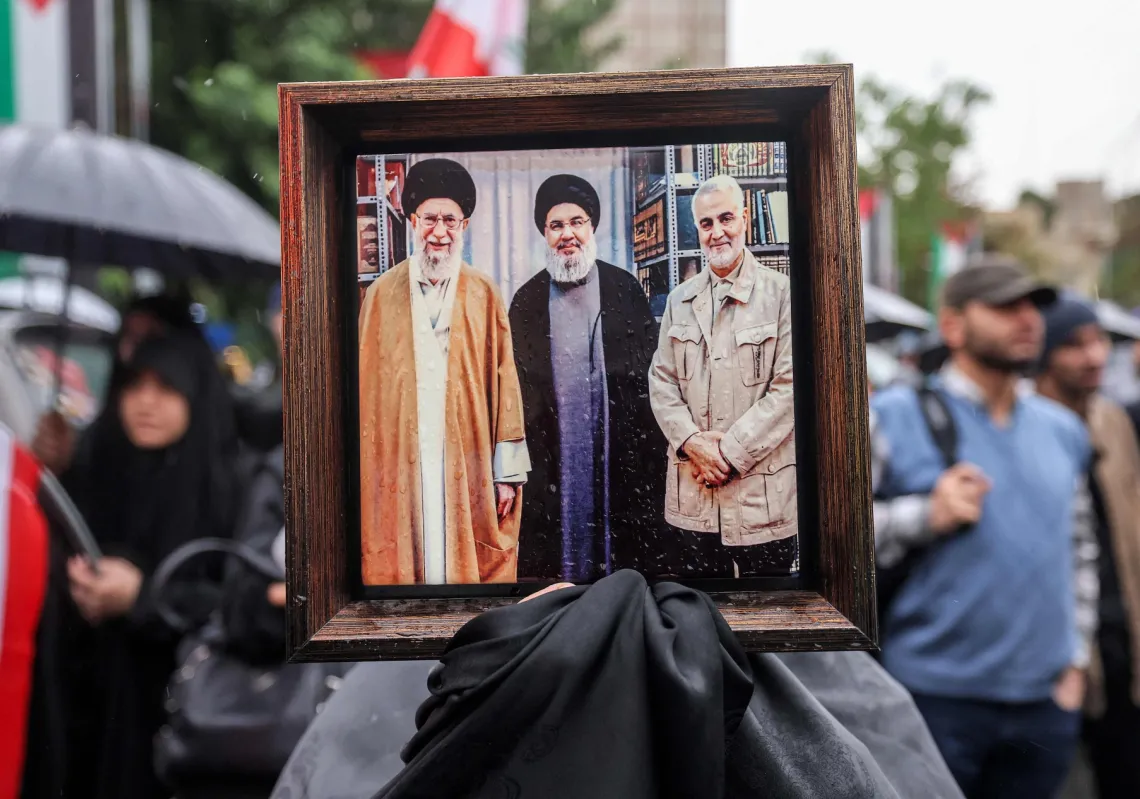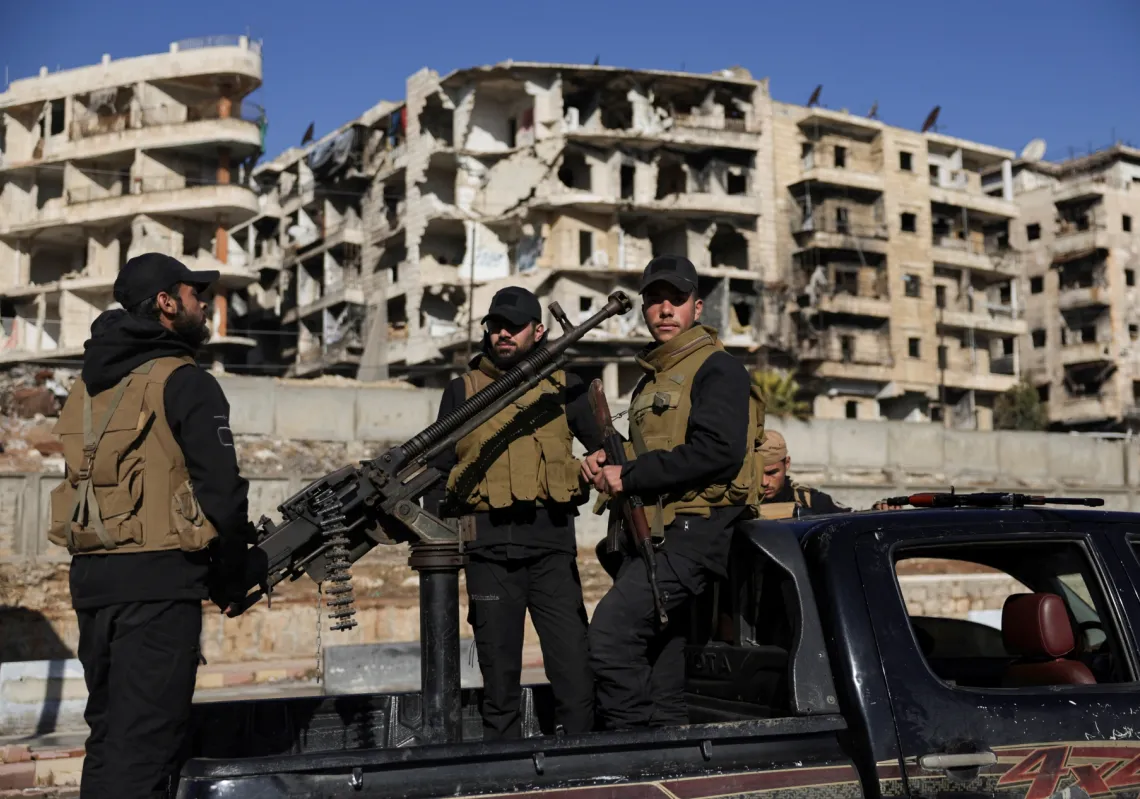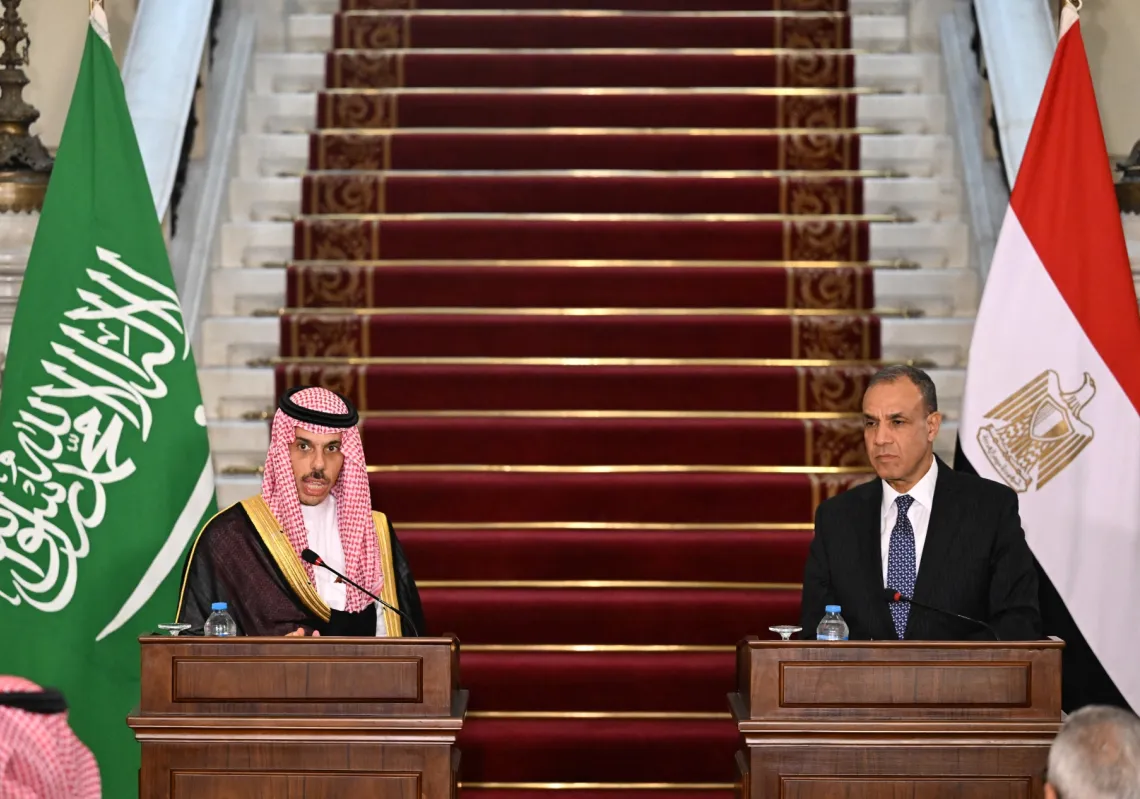At the dawn of the 21st century, Arab cinema appeared to be in a state of stagnation and exhaustion.
A new film, the third in an established trilogy and shot in Riyadh shows how far the industry has come since then. And hopes are high that Welad Rizk 3 – Al-Qadiyaor Children of Rizk – Part 3 – The Knockout, represents the start of a new genre worthy of global recognition: The Arab action film.
It marks a major turn-around in the industry’s fortunes. Around 25 years ago films reflecting contemporary life were rare. Movie makers was bereft of innovative ideas, visual ingenuity, and compelling narratives.
There was a lack visual of splendour and the movies that were made looked underfunded. They fell short of the advanced technical sophistication on show in wider world cinema, where there was a new, dynamic language developing in front of audiences.
Arab cinema was being left behind. There was a risk the artform in the region was being reduced to an archive of memories. It left the region missing out on the rapid transformation underway in the visual arts and there was even a risk that the industry could disintegrate as its audience fragmented.
The diminishing interest in the films being made meant that commercial viability was becoming even harder to achieve.
Then came the efforts to change all that, along with the investment needed to modernize and re-invigorate production and to reconnect and captivate audiences with up-to-date and state-of-the-art movies that also have a place in world cinema.
Welad Rizk 3 – Al-Qadiya is emblematic of the trend. It also shows how the re-energised industry can preserve the unique identity and heritage of Arab cinema, helping to ensure that the way the region tells its stories has a bright future.
Cinematic renaissance
Saudi Arabia and Egypt are at the forefront of what could be a far-reaching initiative to revitalise their creative industries in a move that could transcend their borders.
It is the start of a cinematic renaissance that is reaches industry professionals across the Arab World and gives the industry the means to scale up. Previously unattainable ideas are now within the reach of bigger budgets.
There is also support from an official administrative framework designed to be in tune with the precise practical needs of cinematic production.
This was on show during the making of Welad Rizk 3 – Al-Qadiya, the third part of a successful series about five brothers in a criminal gang.
Co-ordination efforts were meticulous. They included the closure of streets in Riyadh, the redirection of traffic and filming at actual sporting events.
Doing this successfully requires seamless collaboration between authorities and institutions. There are also detailed considerations over security, administration and engineering. Alongside technical and logistical teams, the work needs continuous harmony to open the way for a smooth production process.
















